Anuradha Vikram is the artistic director of 18th Street Arts Center in Santa Monica, which is currently celebrating its 30th year. Vikram is also a senior lecturer in the MFA Social Pratice Area Emphasis at Otis College.
One Googles your name, and the term “transnational futurism” populates the results as the focus of your research. What does that term mean to you?
I think I might have made it up in trying to describe what I do, and I figured, why not? I feel like I’m a transnational person. I was born in New York, and I’m American born and raised, so in that respect I’m very “one nation.” But my family has a history of being based in multiple nations. My mother and father both are from India. My grandparents lived in Brazil, Libya, Egypt and the United States because my grandfather was working for the United Nations. So in a way I actually think of my curatorial work at 18th Street where we do these international residences as diplomacy work—that’s where the transnational part comes from. I want to make sure that the take that I am presenting is not a kind of America-centric take. And then futurism, I’m kind of wondering if I still want to use that term so much, partly because I think that the future of futurism is pretty much the present.
Is there a credo or inner manifesto that drives your decision-making process as artistic director at 18th Street?
I would say I am driven by the goal of introducing the local to the rest of the world. I think it’s extremely important to understand where you are, and who your community is, who your stakeholders are, and to be very connected with them and with the place that you’re in as you’re bringing people from elsewhere here. We serve two functions here at 18th Street: one is to introduce the rest of the world to LA, the other is to introduce LA to the rest of the world. So we have to make sure that we’re serving both those sides.
18th Street is celebrating 30 years. As an international crossroads of sorts, what does “transnational futurism” look like in practice, concerning its residency programs?
I would say that the transnational aspect of my work is reflected in the residency programs here by all of the programming that we do to introduce both the internal community of international artists and local artists to one another in ways that are meaningful. We are seeking ways to integrate those communities more and more. From an internal perspective, we do monthly potlucks where the artists literally sit down with one another. We also are implementing a mentor artist program. We’ve identified a number of artists in our local studio program who are mentors. They have very established exhibition histories; they’re often also very established as faculty at universities and colleges in the area and they have an interest in mentoring our artists and gaining something from that experience. So we’re going to develop more opportunities to directly pair artists together in that way, in a kind of inter-generational way.
Regarding futurism, or future-oriented programming, 18th Street was founded in a spirit of something like a “United Nations for Art.” And the idea was that artists would show us the best path to a more harmonious future for the globe. Artists are visionaries. They see the future and sometimes they work in ways that are also technologically sophisticated, or ways that look at technology not for its sophistication or the way it impresses us now as being new, but rather with a mind to how future generations are going to see that technology.
Thirty years is a long lifespan for any nonprofit contemporary art organization. Can you put a finger on what has been the prevailing factor responsible for the longevity?
Absolutely, it’s very very clear. Our founders were able to acquire this property and endow it to the institution. That is the only reason we are still here. If we did not own this land, we would not still be here. It’s property. Look at Self Help Graphics: they have ensured their longevity by buying their building. There are other ways to do it. You can have long term partnerships with civic partners for example, but I think what is not a good way to do it, as people are finding out, is by having a developer who says “Hey I’ll give you the space…” But then they change their mind in a year because by then, they’ve already capitalized on the advantages of having art, so then they don’t want to spend the money anymore. Plus, they are often not very realistic about what the real costs of what they are proposing to do are. So these are challenges that I’ve seen a number of institutions that either have closed or are now in the process of closing confront. I’m very grateful that 18th Street has our property because we don’t confront that particular issue.





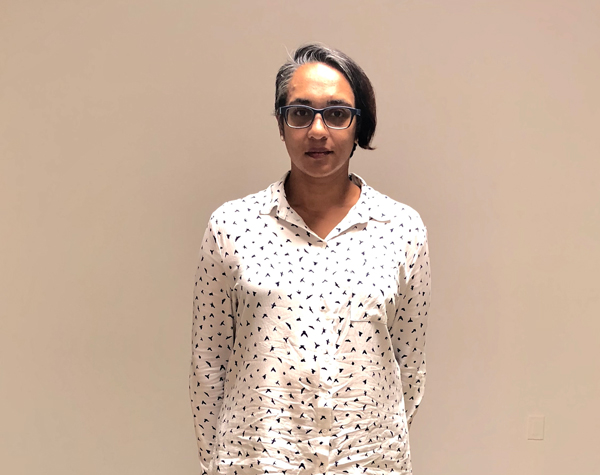

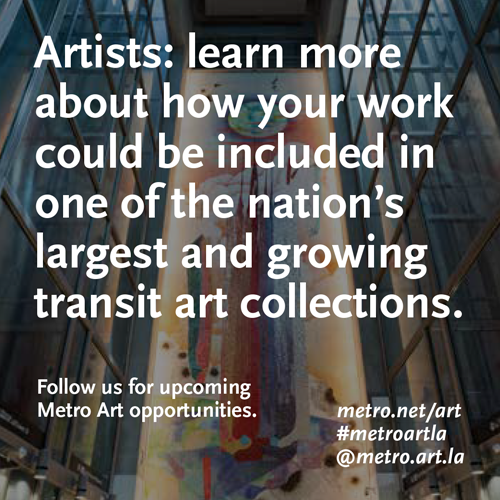


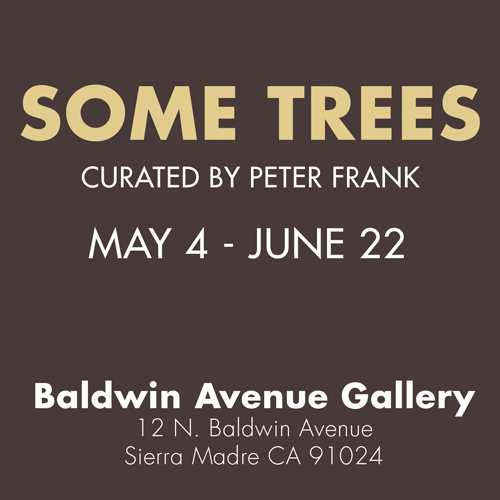


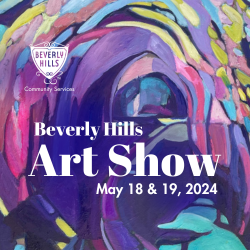


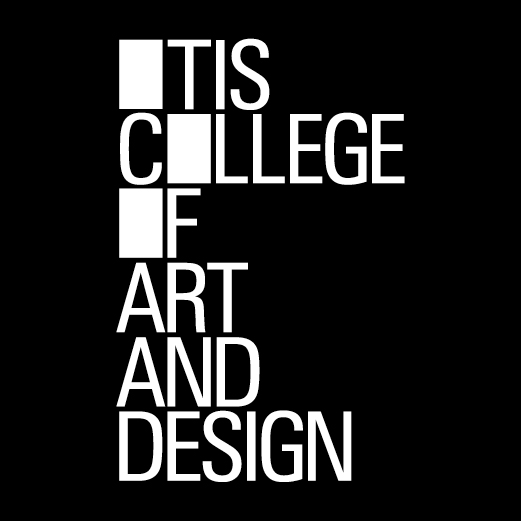




0 Comments